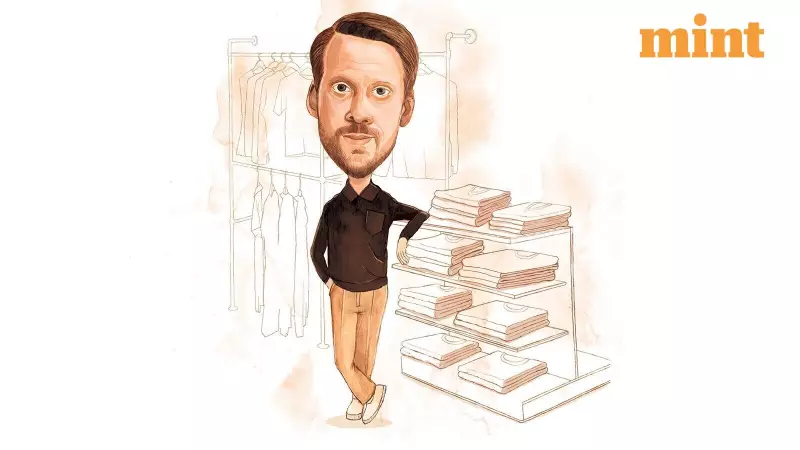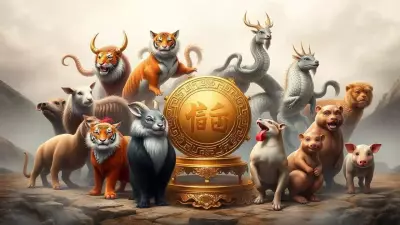
As H&M celebrates a significant milestone of ten years in India, the Swedish fashion giant's global leader has pinpointed the country as a cornerstone for its future growth. Daniel Ervér, the Chief Executive Officer of H&M Group, made this declaration during his recent visit to Delhi, emphasizing India's unique position in the brand's global strategy.
India: A Three-Pillar Growth Strategy
Daniel Ervér, who began his career at H&M as a summer trainee two decades ago while studying at France’s ESSEC Business School, outlined three compelling reasons for India's importance. First is the immense scope for growth, fueled by the world's largest Gen Z population. Ervér believes this demographic is poised to become the next major consumer of fashion, and while H&M might not be the only brand in their wardrobe, it aims to be a definitive part of it.
The second reason lies in India's rich design heritage and value-driven market. Ervér noted that Indian consumers are exceptionally well-educated about craftsmanship and quality, making it a value-driven market rather than a purely price-sensitive one. This perception has led to successful local collaborations, such as the sold-out collections with designers Sabyasachi and Anamika Khanna.
The third pillar is the astonishing speed of digital development in India. Ervér shared his amazement at an e-commerce service that promised 18-minute delivery to his hotel, a feat he has not witnessed in markets like China, the US, or Europe. This rapid digital adoption, he stated, not only makes it crucial for H&M to be quick in India but also provides valuable lessons for the brand's global operations.
Embracing AI and the Digital Twin Revolution
In the race to stay ahead of trends, H&M is leveraging Artificial Intelligence, but with a cautious approach. Ervér explained that while AI is used to scan fashion shows and social media to predict trends, he is sceptical of purely data-driven, ultra-fast fashion models. "Part of creativity is the unexpected," he stated, emphasizing that a unique point of view is what sets H&M apart.
The company is also pioneering the use of digital twins of models for marketing campaigns. This allows a model's digital counterpart to be used simultaneously in various digital content, increasing efficiency. Ervér acknowledged the industry's concerns but stressed that the company is trying to implement this change responsibly, with models retaining the rights to their digital bodies.
The Leadership Challenge: Scaling Sustainability
Perhaps the most significant task facing Ervér is steering the fast-fashion behemoth towards a more sustainable future. He identified the core challenge: "Being sustainable for the one percent is not so difficult. How do you scale it? That's the biggest leadership challenge within our industry."
As part of its efforts, H&M is working with suppliers to transition from coal and oil to natural gas, reducing plastic packaging and freshwater usage, and increasing the use of recycled materials. The brand's efforts were recognized when it ranked No.1 out of 200 companies in the Fashion Revolution's 'What Fuels Fashion?' report, which assesses transparency in decarbonisation and sustainability.
Ervér also highlighted the urgent need for better textile sorting and recycling systems, potentially aided by AI, to tackle the over 90 million tonnes of textile waste generated annually.
The brand's decade-long journey in India is marked by expansion beyond apparel. It introduced its Home line three years ago, followed by the Move activewear collection. In a significant move in October 2025, H&M launched its affordable Beauty line and opened the first Indian store of its premium sub-brand, Cos, in Delhi, testing the waters for higher price points in a market accustomed to its accessible fashion.





